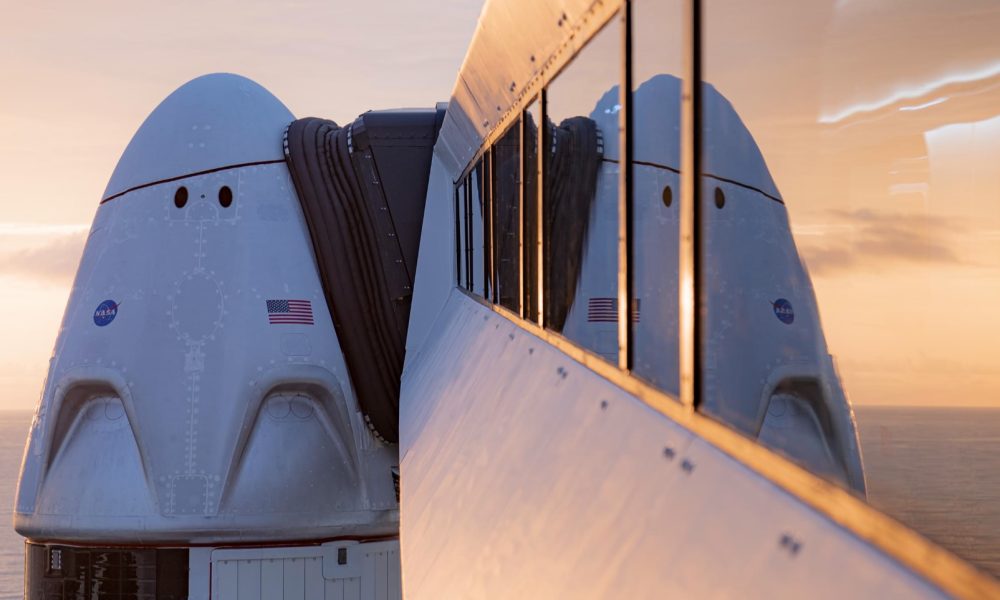
NASA and SpaceX are set to launch the Crew-11 mission to the International Space Station (ISS) on July 31, 2025. The mission will lift off from Launch Complex 39A at Kennedy Space Center in Florida. Utilizing the Crew Dragon Endeavour spacecraft and a Falcon 9 booster, this flight marks another step in ongoing efforts to maintain a human presence in space.
This mission is particularly significant as the Crew Dragon Endeavour will embark on its sixth flight, solidifying its status as SpaceX’s most experienced crew vehicle. According to Sarah Walker, SpaceX’s director of Dragon mission management, Endeavour has already transported 18 astronauts from eight countries since its inaugural mission in 2020, which included NASA astronauts Bob Behnken and Doug Hurley. Walker highlighted the importance of this spacecraft in restoring human spaceflight capabilities to the United States following the retirement of the Space Shuttle in July 2011.
Innovative Safety Features and Crew Details
For the Crew-11 mission, Endeavour will showcase SpaceX’s upgraded drogue 3.1 parachutes, which are designed to enhance safety during reentry. This launch will serve as the first operational test of these advanced parachutes, marking an ongoing commitment to improving safety for crewed missions.
The Falcon 9 booster supporting this launch is core B1094, which has previously participated in two Starlink missions and the private Ax-4 mission on June 25, 2025. The Crew-11 team consists of four members: NASA astronauts Zena Cardman and Mike Fincke, along with Japan’s Kimiya Yui and Russia’s Oleg Platonov.
Coordination Amid a Tight Schedule
The Crew-11 mission is crucial not only for SpaceX but also for NASA, as its arrival at the ISS coincides with the departure of Crew-10 and the arrival of the CRS-33 mission. Bill Spetch of NASA emphasized the importance of meticulous planning due to limited launch resources. He noted the necessity of maintaining the ISS’s altitude and resupply cadence.
“Providing multiple methods for us to maintain the station altitude is critically important as we continue to operate and get the most use out of our limited launch resources that we do have,” Spetch stated. He expressed optimism about demonstrating this capability with the upcoming CRS-33 mission following the Crew-11 and Crew-10 handover.
As the launch date approaches, the focus remains on ensuring a smooth and safe transition for the astronauts aboard the Crew-11 mission, while also supporting the continuous operation of the ISS. This mission represents a pivotal moment in the ongoing collaboration between NASA and SpaceX in advancing human space exploration.





